Choosing the right golf ball can significantly impact your game. Whether you’re a beginner or a seasoned pro, finding the best golf ball for your style of play can be a game-changer. Understanding the various types of golf balls and their specific characteristics will help you maximize your performance and enjoyment on the course.
In this blog post, we will guide you through the different types of golf balls and provide tips on how to select the one that best suits your game. We will cover everything from compression to spin rates, so you can make an informed decision about which ball will help elevate your performance.
What Are the Different Types of Golf Balls?
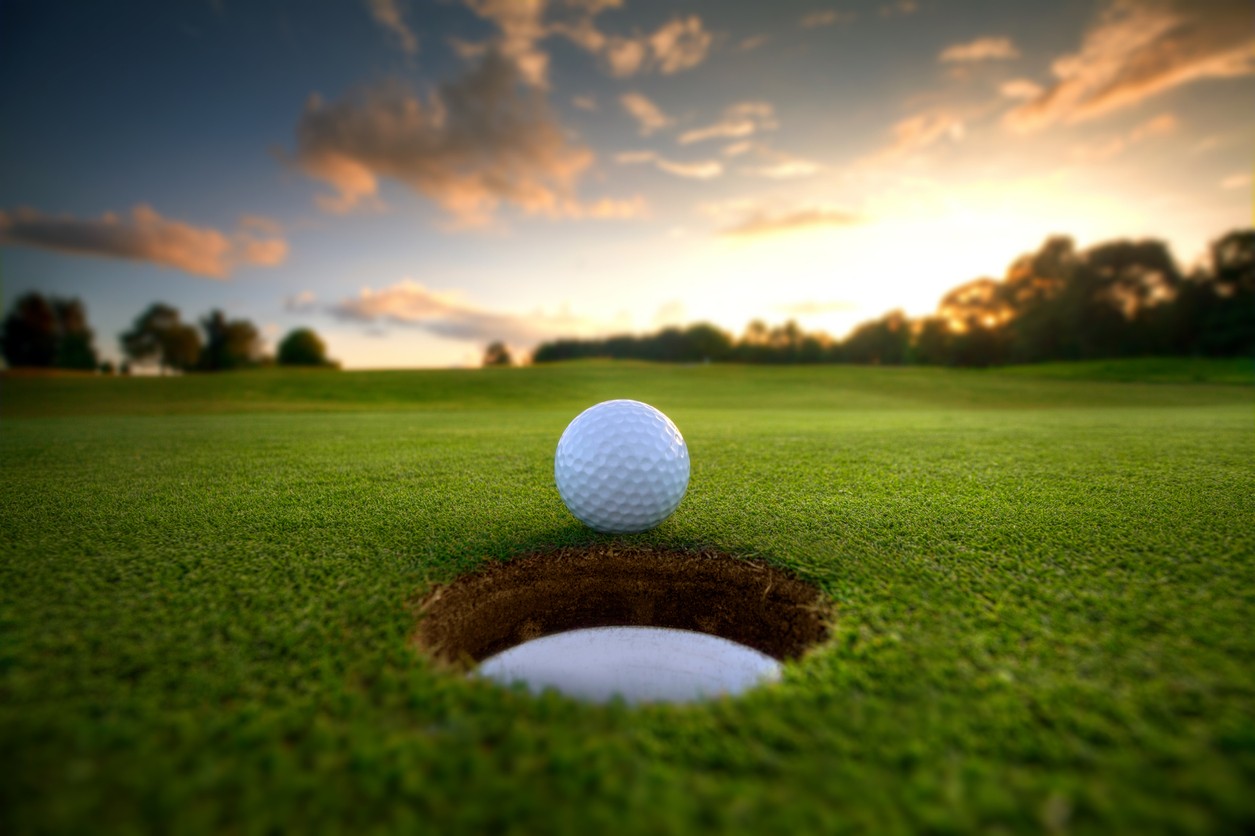
When it comes to golf balls, not all are created equal. There are three main types of golf balls: two-piece, multi-layer, and tour-level. Each of these ball types offers distinct features, suited to different styles of play.
- Two-piece golf balls are the most commonly used by beginners. These balls are made of a solid core and a tough outer layer, making them durable and offering greater distance. However, they may lack the spin control needed by more advanced players.
- Multi-layer golf balls, as the name suggests, have multiple layers, each contributing to a specific performance characteristic. These balls offer a balance between distance and spin, making them ideal for intermediate players.
- Tour-level golf balls are the choice for advanced players who need precision and control. These balls provide maximum spin and control on the greens, although they may sacrifice distance compared to two-piece balls.
Understanding these different types will help you narrow down your options based on your needs as a golfer.
How Compression Affects Your Game
Compression is a term you’ll hear often when choosing a golf ball. But what does it really mean, and how does it affect your game? Compression refers to the density of the golf ball when it is struck by the club. The higher the compression, the more force it takes to compress the ball and the more control it offers, especially for players with faster swings.
- Low-compression golf balls are best for players with slower swing speeds, offering more distance because the ball compresses more easily, generating a spring-like effect.
- High-compression golf balls, on the other hand, are ideal for players with faster swing speeds, providing more control and less spin off the driver.
Selecting the right compression level can help you either add distance or improve control, depending on your swing speed.
How Does Spin Impact Your Shots?
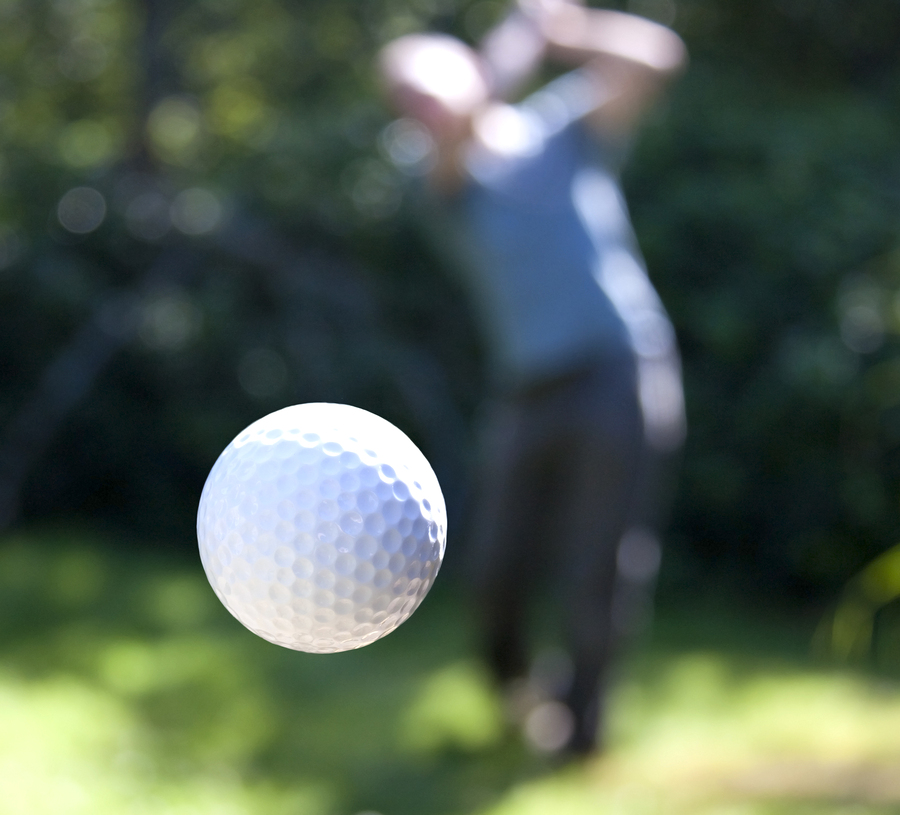
Spin plays a critical role in how the golf ball behaves both in the air and on the ground. When choosing the best golf ball for your style of play, you need to consider whether you’re looking for high spin or low spin.
- Low-spin golf balls reduce sidespin, making them perfect for golfers who struggle with slices or hooks. These balls help keep your shots straight, leading to more accuracy off the tee.
- Mid-spin golf balls offer a balance between distance and control, making them ideal for intermediate players who want the best of both worlds.
- High-spin golf balls are preferred by skilled players who need more control on approach shots and greenside play. These balls generate more backspin, allowing for greater stopping power on the greens.
Knowing how much spin you need is crucial for selecting a golf ball that complements your game.
How to Match Your Playing Style with the Right Golf Ball
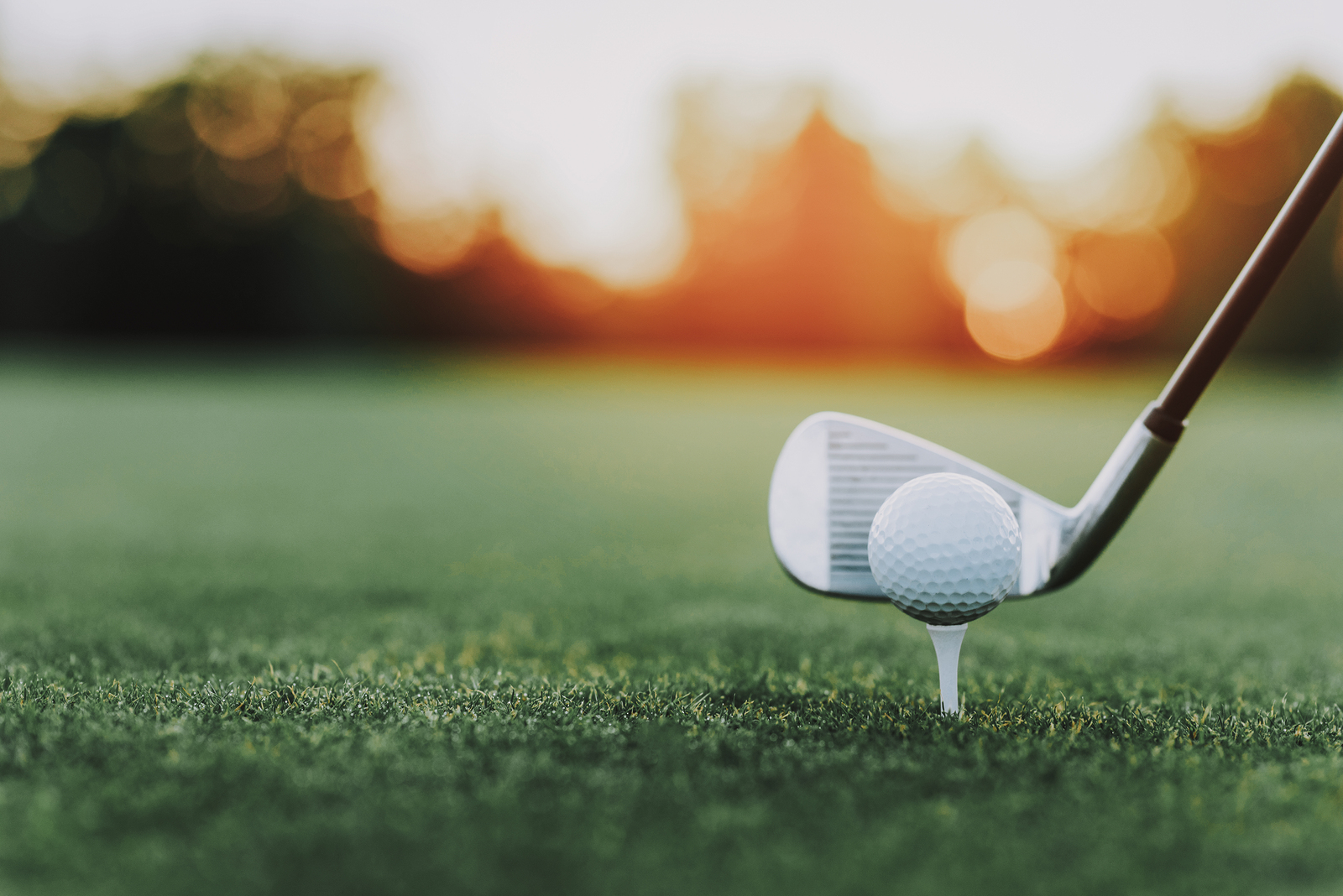
Your playing style and skill level are key factors in determining which golf ball is best for you. Do you focus on distance, control, or a mix of both? Let’s break down how to match your playing style to the right type of golf ball.
For Distance Seekers
If your main goal is to add maximum distance to your game, you’ll want to choose a premium golf ball that emphasizes low spin and high compression. Two-piece golf balls are ideal in this case, as they are designed to travel longer distances, especially your tee shot. Players with slower swing speeds may also benefit from low-compression balls, as they can help you achieve more distance without having to over-swing.
For Control and Precision
If you’re someone who focuses on shot accuracy and precision around the greens, opt for a ball with higher spin and more layers. Tour-level golf balls are designed for maximum control, particularly on short game shots. These balls offer more stopping power on the greens, making them the perfect choice for better players who want to shape their shots.
For a Balanced Game
If you’re looking for a balance between distance and control, multi-layer golf balls are your best bet. They provide good distance off the tee while offering enough spin to control your approach shots. These balls are ideal for intermediate players who want to improve all aspects of their game without sacrificing too much in any one area.
The Importance of Feel and Durability
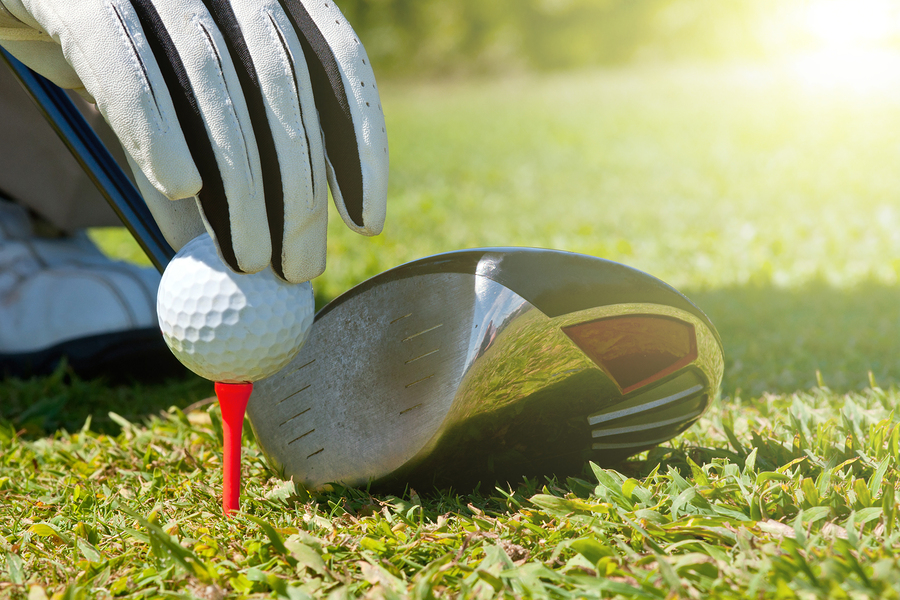
Another important factor when choosing the best golf ball for your style of play is the feel and durability of the ball. Some golfers prefer a softer feel, while others might prioritize durability over feel.
- Soft feel golf balls are more comfortable to play with and provide better feedback on your shots. These balls are usually preferred by players who focus on the short game, as they provide a better touch around the greens.
- Durable golf balls are designed to withstand multiple rounds without losing performance. If you tend to go through a lot of new golf balls or play on courses with challenging terrain, you might prefer a ball with a tougher outer layer that can handle wear and tear.
How Weather Conditions Can Affect Your Choice
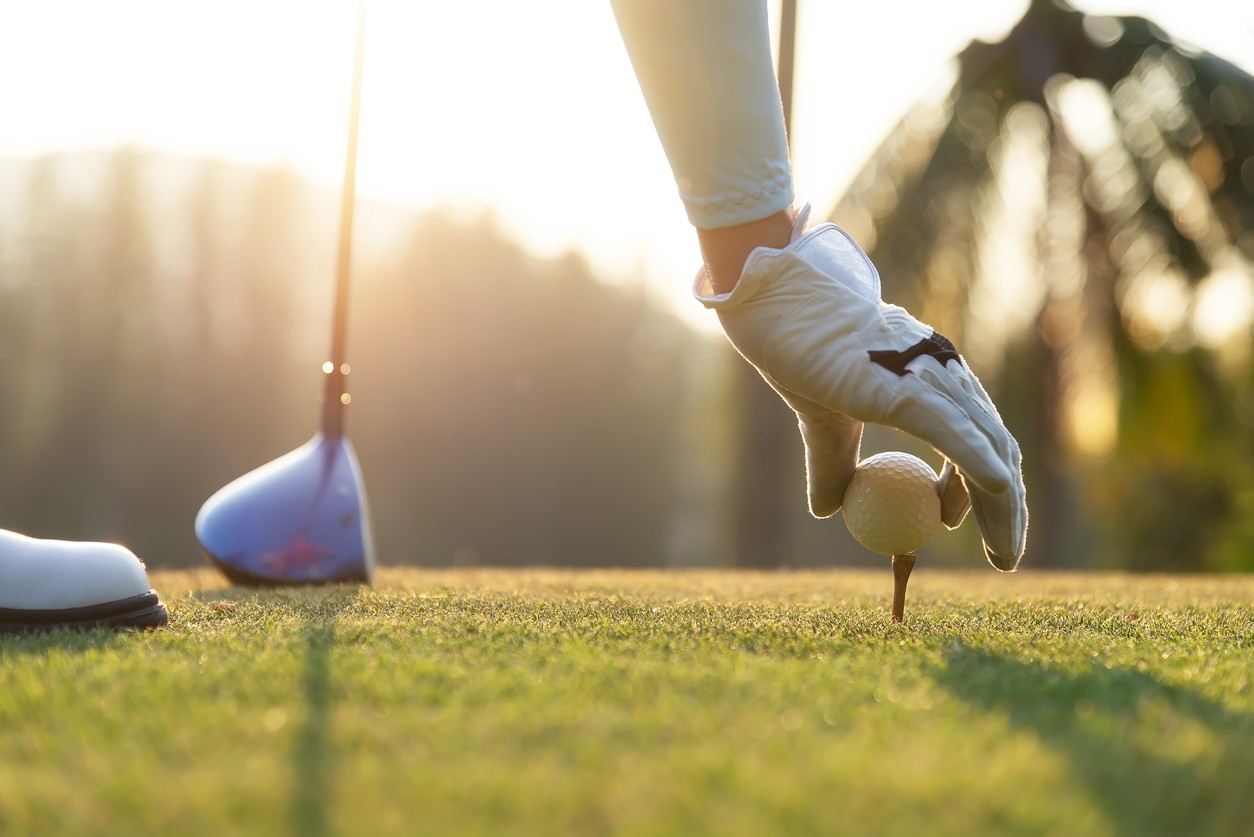
Weather conditions should also influence your decision when selecting a golf ball. Different golf balls perform better under different weather conditions.
- Cold weather tends to reduce compression of the ball, so a low-compression ball may help retain some distance.
- Windy conditions may require you to use a lower-spin ball to help keep your shots straighter and reduce the effects of the wind on your ball flight.
By considering the weather conditions where you play most often, you can select a ball that performs best in those specific environments.
FAQs
1. What is the best golf ball for beginners?
For beginners, the best golf ball is often a two-piece ball. These balls are designed for distance and durability, making them ideal for new players still learning control and technique. They are also typically more affordable, which is a bonus when you’re starting out.
As a beginner, focus on balls that help you achieve straight, long shots while working on other aspects of your game.
2. How does swing speed affect golf ball choice?
Your swing speed directly impacts which golf ball will work best for you. Players with faster swing speeds will benefit from high-compression balls, as these provide more control and less spin. On the other hand, players with slower swing speeds should opt for low-compression balls, which allow for better distance.
By matching your swing speed to the correct compression, you can maximize your performance.
3. Are softer golf balls better for putting?
Yes, softer golf balls tend to offer a better feel when putting. They provide more feedback and control, allowing you to make more precise putts. If you prioritize your short game, especially on the greens, a softer ball may be the best option.
However, softer balls may not last as long, so consider your priorities before making a decision.
4. How often should I change my golf ball?
You should change your golf ball when you notice any visible wear, such as scuffs or cracks. Durability varies by ball type, but frequent players may need to switch balls after every round, while others can go multiple rounds with the same ball.
5. Does the type of golf ball really matter?
Absolutely! The type of golf ball you choose can drastically affect your performance. Different balls are designed for specific styles of play, and using the right one can help improve both your distance and accuracy.
Improve Your Golf Game at River’s Edge Golf Course in Bend
Golfing at River’s Edge Golf Club in Bend, Oregon offers an unforgettable experience with its stunning views and challenging course layout. Nestled along the scenic Deschutes River, the 18-hole championship course is known for its dramatic elevation changes, water features, and tree-lined fairways, making it both picturesque and exciting for golfers of all skill levels. Whether you’re playing a casual round or competing in a tournament, River’s Edge provides a memorable setting for enjoying the game in the heart of Central Oregon.
